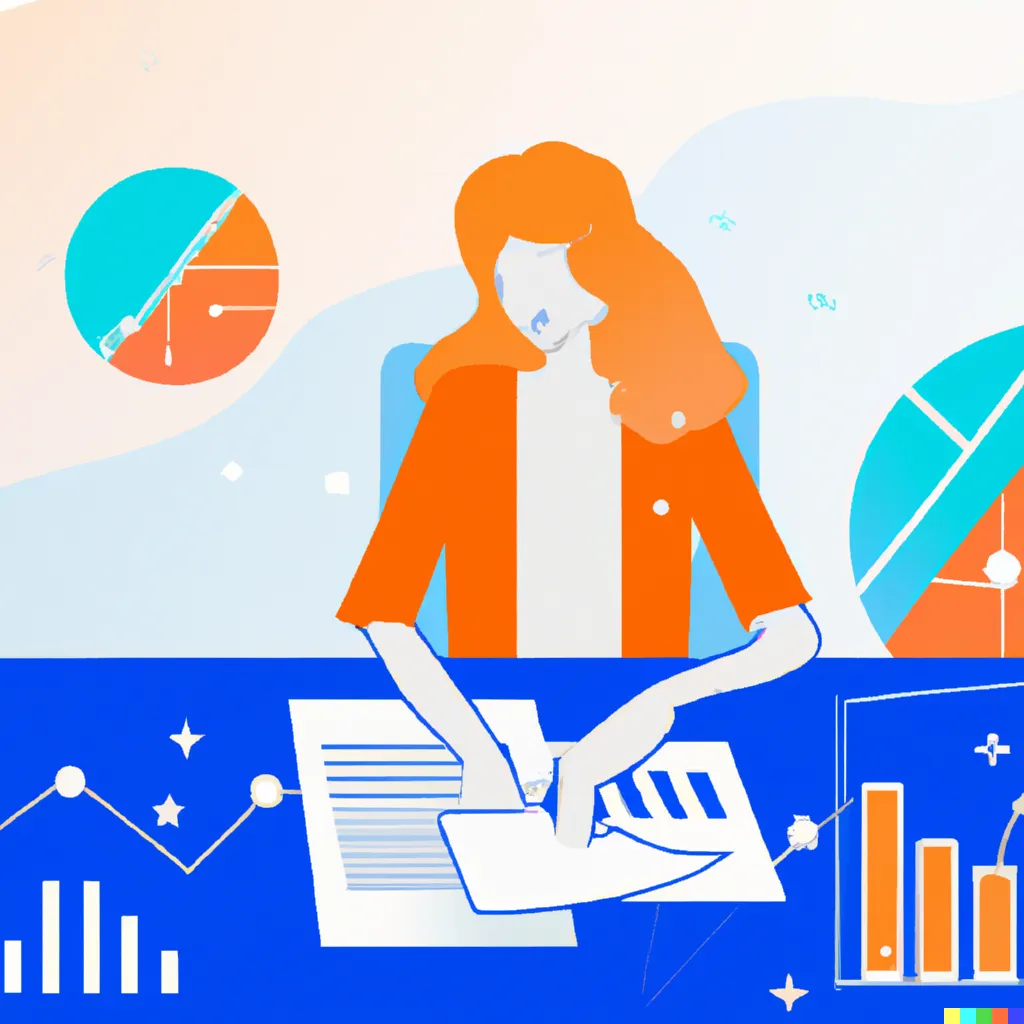Earlier this year, I left an amazing job at Grab to join Rishabh in building a no-code data tool for the modern workplace.
I joined Data Narratives because the way we work with data is broken. Every company wants to be data-driven, but most employees are not data experts, and most tools are built for data teams instead of the rest of us.
Working with data is painful if you can’t code
I’m a non-technical person who’s had to work with data in every role I’ve had. In one of those roles, I sold and ran content marketing campaigns to enterprise tech companies. And one of the most painful things I did was create monthly analytics reports for every client (which ranged between 5 and 30 at any given time).
I manually downloaded data from a bunch of different places - GA, Facebook, Twitter, LinkedIn, Pardot/Mailchimp - then organised them into spreadsheets. I’d then go through every row and column, looking for hidden patterns, finding ways to visualise them, and trying to build a narrative we could present to our clients to explain what was working, what wasn’t working and why. It took me anywhere between 1 and 5 days to make each report.
I didn’t look forward to the tedious data gathering at all, but it was incredibly important work. The insights we found were so valuable to our customers, and importantly, helped us show our impact so they’d continue working with us.
I tried using tools like Tableau, but for someone with no SQL know-how, it would take too long for me to get really good at it. So I stuck to the spreadsheets - they were painful, but familiar.
I remember one particularly painful Saturday evening in 2015, when I had to produce a report from qualitative survey data. I was exhausted from the week and desperate to spend time with friends who had come over. After manually cleaning every row, the best I could muster was a word cloud. It was rubbish and I had to re-do everything on Sunday.
“Self-serve” tools are not really self-service
Since June, I’ve interviewed dozens of people across marketing, market research, advertising, public policy, risk analysis and more who are facing similar problems and found some common patterns.
Most BI tools are sold as “self-service”, but in practice, business users are not able to use them on their own. A technical person has to build the dashboards and run SQL queries for users to get any real value from them. For a single project, it can take months to build shared context and get clarity between business and data teams, before they get the data they want. This results in messy workflows and loads of time wasted going back and forth between data and business teams.
Business users like the ones we spoke to want to focus their time on developing recommendations and insights, and minimise time spent on data prep and visualisation. Our interviewees told us that they dream of doing more ambitious things, if only working with data were more straightforward.
A market researcher at a large company told us about how they have to give detailed instructions to a different team to turn data into charts. That team has no context on the clients’ needs and doesn’t know how to storytell. Yet the market researcher is completely reliant on them because of the complexity of the tools involved.
A data analyst for an F&B chain told us that they would’ve liked to combine their revenue and sales data with weather data to anticipate demand. But the project never got prioritised because the barrier to experimenting was so high. It took months to build a dashboard because the data analyst was the interface between the restaurant managers and the dashboards.
Why we’re building Data Narratives
Working with data is extremely slow, frustrating and inaccessible, if you don’t happen to know Python or SQL - and that’s most of us. We’re completely reliant on other teams to do these for us, and waste a ton of time going back and forth with them.
That's where Data Narratives comes in.
Data Narratives is different because it starts with questions, not data. On other platforms, you need to know what data to look for, where to look for it and how to query it. But with Data Narratives, you can just type in what you want to know in a search box, and the platform will help you find the data you need and auto-visualise it in a way that makes sense.
Other data tools are great as status update dashboards, but they're very slow for exploration, analysis and storytelling. Data Narratives is designed for these, so you can quickly and easily find the data you need, organise auto-visualised charts in dashboards, and combine charts from different sources with a few clicks.
I'm excited to join Data Narratives and help make data analytics more accessible to everyone. You can try it out for free at datanarratives.com. If you’re curious about my work, I’d love to chat. You can find me on LinkedIn or [email protected].
← More blogs

